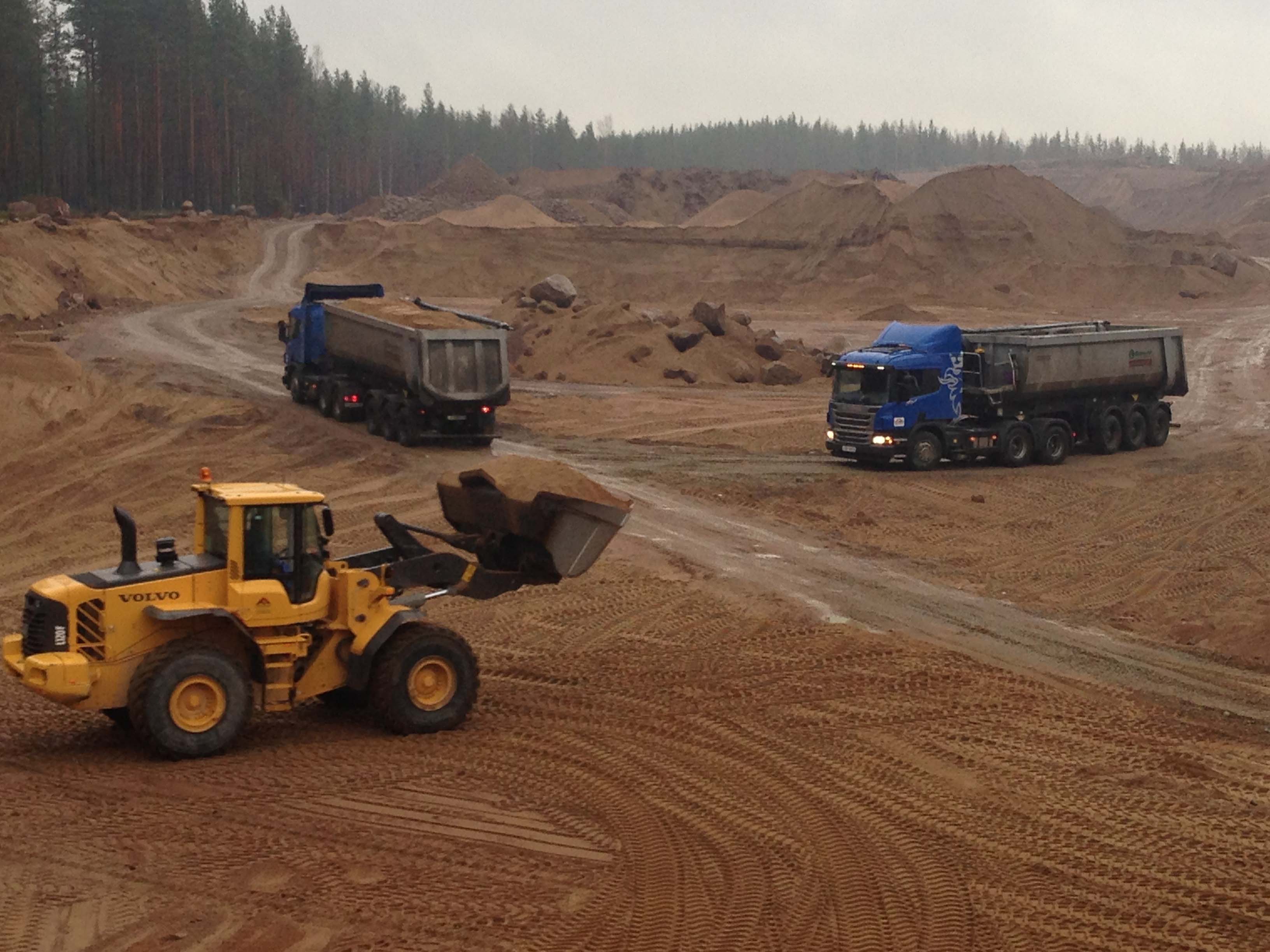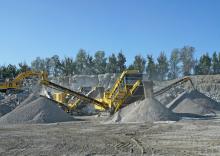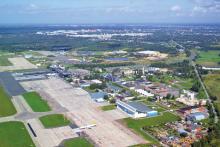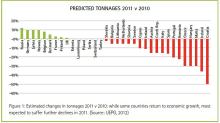
Baltic States’ governments believe the right conditions are in place to significantly increase domestic aggregates production. Eugene Gerden reports on the welcome news and its likely impact in Estonia, Latvia and Lithuania.
The ongoing recovery of Baltic States’ economies is expected to see the resumed implementation of large-scale infrastructure projects in the region, creating a surge in domestic aggregates demand.
According to an official spokesman of Māris Kučinskis, Latvia’s Prime Minister, road-building is expected to become the main driver of aggregates production growth in Latvia and other Baltics States in the next few years.
Kučinskis says the demand for aggregates in the entire region will significantly grow this year. This, he argues, is mainly due to the planned building of the European route E 67, an E-road running from Prague in the Czech Republic to Finland’s capital, Helsinki, by way of Poland, Lithuania, Latvia, and Estonia, and the implementation of other major road projects.
Kučinskis said the E 67 project is also being heavily supported by the Estonian and Lithuanian governments, as the completed route will ensure good transport connection across all three Baltic States.
The press-service of the Latvian Ministry of Industry and Trade has said that in order to meet E 67 and other major infrastructure project demands, crushed stone production will significantly increase at the country’s largest processing sites, such as Birzha, Aiviekste, Kalnciems and Darzciems.
Concurrently, the Latvian government is also creating conditions for the increase of national sand production. Currently there are more than 20 sand quarries in the country, with production set to increase in the majority of those.
The government of Lativia’s northern neighbor, Estonia, has also revealed plans to increase domestic aggregates production, with an official spokesman of Estonia’s Prime Minister, Jüri Ratas, saying a number of business benefit packages were being proposed to attract national and foreign investors.
According to some Estonian media reports, the business benefit packages will include a number of tax exemptions for investors. An official Estonian government spokesman has confirmed that negotiations are underway with potential investors from Russia and the Nordic region.
According to Prime Minister Ratas’ spokesman, the Estonian government would welcome modernisation of existing aggregate production and processing facilities, as well as the building of new ones.
Meanwhile, several of Estonia’s leading aggregates producers have announced plans to expand their production. For example, Paekivitoodete Tehas, one of Estonia’s largest and oldest aggregates’ producers, intends to increase sand and gravel production this year. Last year the company invested more than €10 million in the launch of a new line for the production of sand and gravel at its Tallinn plant. Before the end of 2017, the firm is planning to order a second line capable of processing the same volume of material.
According to a Paekivitoodete Tehas (PT) spokesman, the heart of the planned increased production is the processing of illiquid limestone reserves in sand and gravel, using special technology developed in Northern Ireland.
PT chairman Vladimir Libman says the new technology will allow PT to significantly save on production costs, while also creating conditions for the further expansion of production, and the meeting of ever growing demand for aggregates from major national consuming industries.
Libman says PT’s already launched line (along with the earmarked second line) will allow more complete processing of illiquid limestone stocks, reducing the ecological impact.
Mariah Yufereva, head of Lasnamäe, the most populous administrative district of Tallinn, said: “More complete recycling of rubble in our quarries will make it possible to significantly reduce the cost of road construction in Estonia as well as other Baltics states. In addition to the European route E 67, a significant part of future production will be supplied for the needs of other large-scale infrastructure projects, such as the building of Väo junction, one of the largest road-building projects in Estonia. This junction should significantly improve transport connection in the city of Tallinn.
“The use of new technologies during planned production will help to save city budget funds and allow more projects to be implemented."
In the meantime, according to plans of the Estonian government, production of crushed stone is expected to increase at Estonia’s largest crushed stone quarries, Viao and Maardu.
In Lithuania, leading local producers including
Despite the positivity around increased aggregates demand in the region, the Baltic States’ aggregates sector remains highly fragmented, characterised by a lack of dominant players in the market, as well as relatively small volumes of production. The majority of local production facilities and quarries were established during the Soviet times and currently in acute need of modernisation.
In the meantime, analysts at the Russian Ministry of Industry and Trade believe the expansion of aggregates production in the Baltics region may be complicated by recently announced Ukraine and Belarus government plans to significantly increase their countries’ volume of aggregates exports, particularly of crushed stone, to the wider Baltic region in the coming years. This has spread bankruptcy fears among some smaller domestic producers.









